This is where Powerful Wizards, Fanatical Priests and Mad Scientists come into their own, like Prospero in Shakespeare‘s The Tempest, these character archetypes are able to manipulate the weather like a weapon to drive other lesser creatures before them.
From Terry Pratchett’s man in copper armour shouting, “All gods are bastards”, to the proverbial Wizard throwing lighting from on high, or the thunder battle in the Misty Mountains of Middle Earth.
Weather can set up clear consequences in the environment for the players content with. Beyond the basic plot point that weather adds to an adventure. It can create active dangers for the characters to face.
Weather as a matter of survival
Storms can create landslides or avalanches, especially when placed on an eroded hillside. Floods can drive people apart with the threat of drowning. Snow storms also create an immediate challenge to the character’s survival.
Each of the above ideas could be developed into a natural part of an adventure, by introducing the idea the players early on with some annoying rain that soaks their cloths. Expanded on with an afternoon storm allowing a challenging opponent to escape (Tracking rolls anyone?). The next day continues with more rain. And finally, a rooftop battle during that evening’s lighting storm.
Or for example you can take the scene in The Empire Strikes Back, when Luke faces Darth Vader. Although Vader throws objects around using the Force, he could equally be using magic winds to bash his opponent with many flying objects.
Moving away from the rain & wet you can push the weather in the other direction with a heat wave, high winds, and other conditions conducive to raging fire.
It’s nice playing with the extremes of weather, but this can get repetitive in a campaign. So it is also best to use sparingly for maximum effect, and to keep it low key most of the time. A light rain can make the path or rocks slipper, or a hot day will tire fighters quickly (dehydration?). Finding a warm camp-site during a cold night.
Weather in Sci-Fi settings
In the future, the weather on the Earth is likely to be the same. Except for other planets or extreme modification due to cataclysmic events or climate change.
The corrosive, Acid Rain will create unsightly marks on cloth and can make quick work of unprotected metals. Surface elements like Methane seas turn a passive terrain feature into potentially explosive fun for the players to work around.
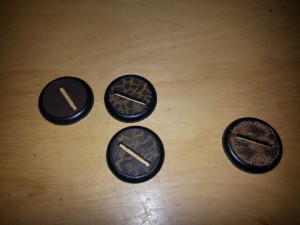
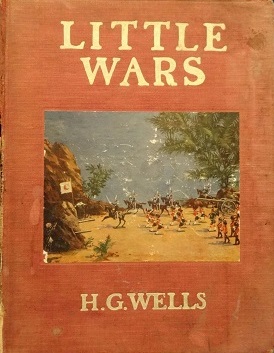
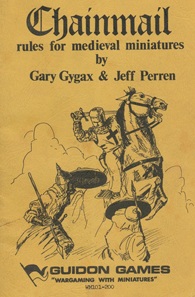
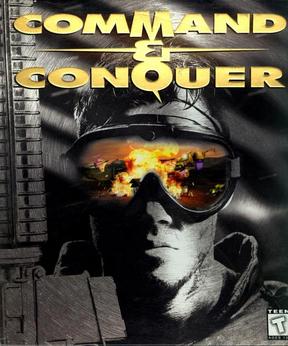
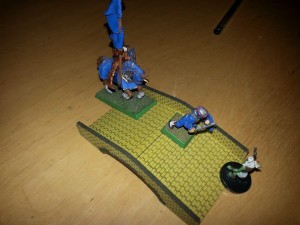



You must be logged in to post a comment.